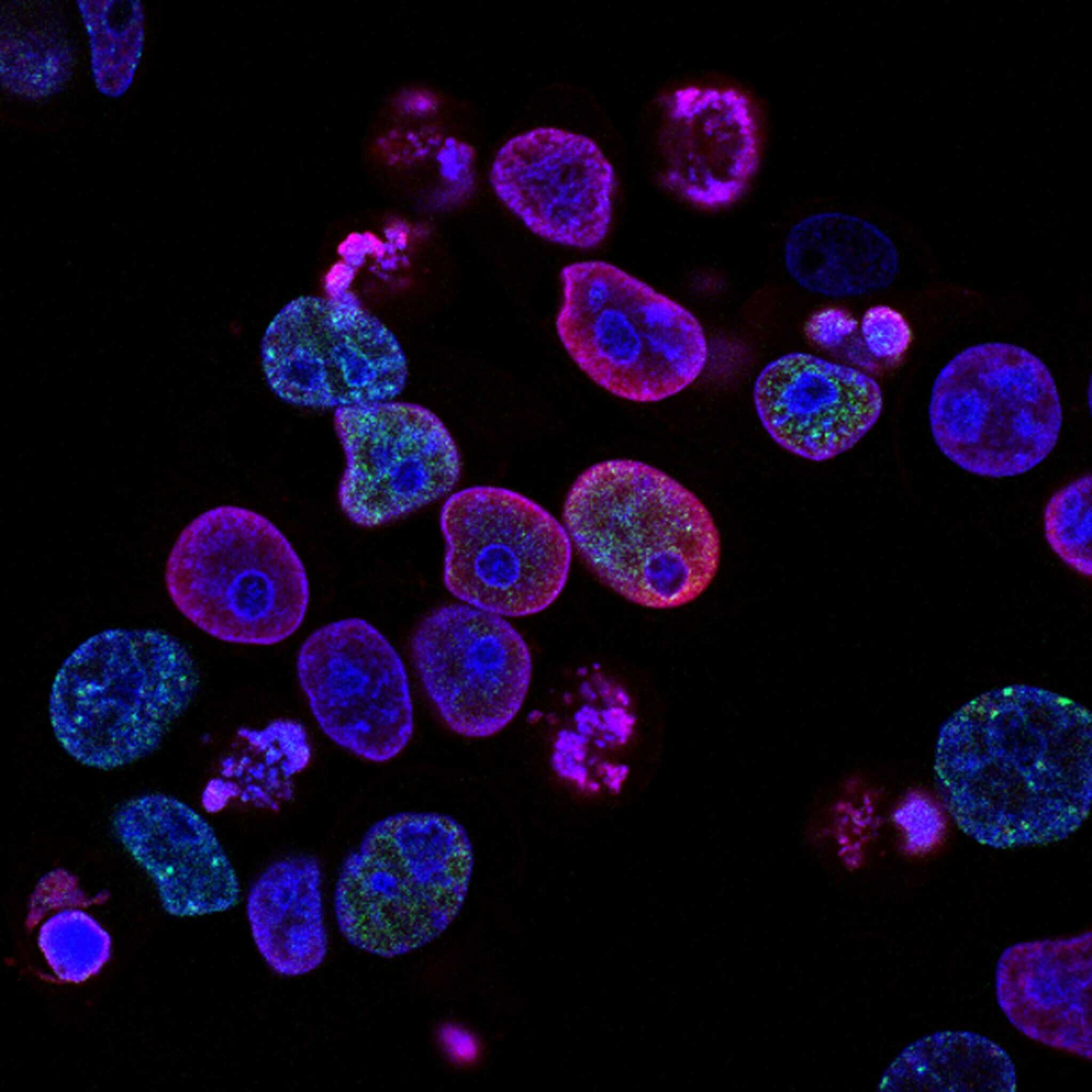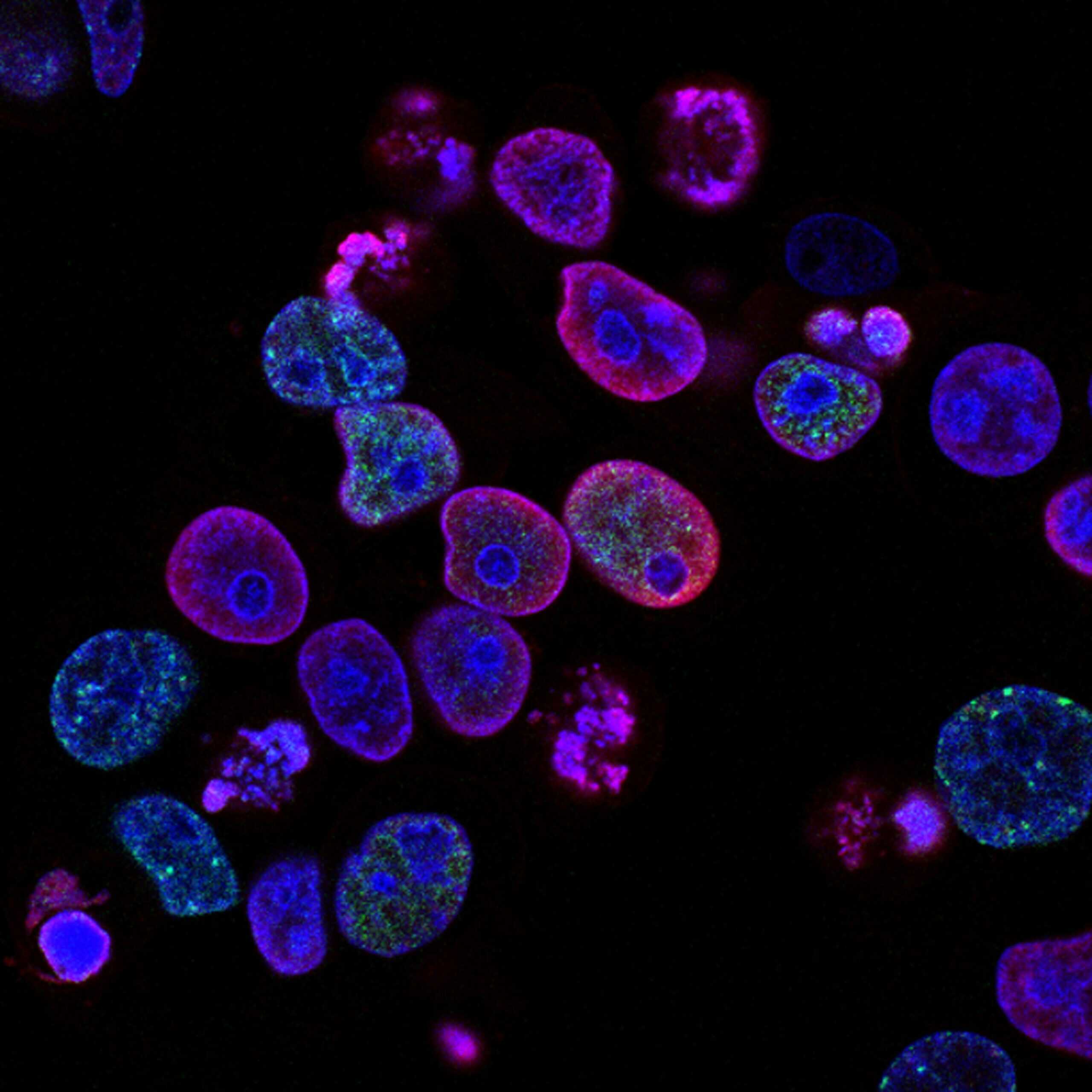MONDAY, 19 MARCH 2018 / PUBLISHED IN BLOG
PRP (Platelet-Rich Plasma) therapy has revolutionized treatments in rheumatology, offering effective solutions for musculoskeletal conditions like joint issues and swelling. Here’s everything you need to know about integrating PRP into your practice.
Benefits of PRP Therapy in Rheumatology
PRP therapy is a game-changer in rheumatology, providing a non-invasive alternative to surgery with minimal risk and maximum efficacy. Despite initial skepticism, PRP has proven instrumental in alleviating symptoms and enhancing patient outcomes.
Factors Influencing PRP Treatment Success
Successful PRP treatments depend on several factors:
Platelet Concentration
Utilizing a quality PRP kit is essential for concentrating platelets 5-8 times above baseline levels. Adimarket offers reliable kits that optimize platelet concentration, crucial for treatment efficacy.
Role of White Blood Cells
PRP formulations with white blood cells can expedite healing by removing dead cells and bacteria. Variants like Red Blood Cells and Platelet Serum provide additional options based on treatment needs.
Anti-Coagulants and Buffers
Using anti-coagulants during PRP preparation prevents clotting but may increase blood acidity, affecting growth factors. Incorporating buffers before injection can mitigate acidity, preserving growth factor efficacy.
Clinical Evidence Supporting PRP
Numerous studies validate PRP’s effectiveness across various conditions:
- Subacromial Tendonitis: PRP significantly reduces the need for surgery compared to traditional treatments like bupivacaine and methylprednisolone.
- Epicondylitis: PRP shows substantial improvement rates, surpassing outcomes achieved with corticosteroid treatments.
- Plantar Fasciitis: PRP demonstrates superior outcomes over corticosteroids in long-term symptom relief.
- Knee Osteoarthritis: Systematic reviews highlight PRP’s superiority over hyaluronic acid in enhancing knee joint cartilage.
Integrating PRP Into Rheumatology Practice
Embracing PRP enhances patient care by offering a safe, effective, and economical treatment option. Early adoption allows rheumatologists to lead in innovative medical practices, benefiting millions of patients seeking alternatives to invasive procedures.
Conclusion: Embrace PRP for Enhanced Patient Care
PRP therapy is not just a passing trend but a transformative approach in rheumatology. With its proven track record and increasing popularity, incorporating PRP into your practice is a proactive step towards achieving superior patient outcomes.
By partnering with Adimarket for reliable PRP kits and equipment, rheumatologists can deliver cutting-edge care that meets the growing demand for safe and effective treatment options.







